|
New Orleans is known for its flavorful Cajun and Creole dishes and sweet desserts. Here are our Top 5 must haves - plus a BONUS favorite! 1. Turtle SoupTurtle soup has a storied history in Creole cuisine, and Brennan's, a landmark restaurant in the French Quarter of New Orleans, has played a significant role in popularizing this dish. The restaurant was established in 1946 by Owen Edward Brennan, and it quickly became renowned for its luxurious approach to Creole dining. The exact origin of turtle soup in New Orleans is difficult to pinpoint, but its presence in the city's cuisine dates back to the early 1800s when snapping turtles from nearby swamps and rivers were a readily available food source. The dish reflects the blend of European, African, and Native American culinary influences that define Creole cooking. Brennan's version of turtle soup is a refined take on the traditional recipe, usually starting with a deeply flavorful stock made from turtle meat, seasoned with Creole spices, and often thickened with a roux. The soup is famously finished with a splash of sherry added tableside, enhancing the depth of flavor. Over the years, Brennan's has upheld the standard for this dish, making it a sought-after experience for locals and tourists alike. While turtle soup can be found in various establishments in New Orleans, the version served at Brennan's remains a classic representation of the city's unique culinary heritage. Despite changes in tastes and the rise of more contemporary cooking techniques, traditional dishes like turtle soup continue to be a foundational part of the menu at Brennan's, preserving the rich tapestry of flavors that is synonymous with New Orleans. 2. JambalayaJambalaya, a quintessential dish of Louisiana Creole cuisine, boasts a history as rich and robust as its flavor profile. The dish is believed to have its roots in the mixing of cultures in New Orleans, particularly French and Spanish, with subsequent contributions from West African, Native American, and Caribbean culinary traditions. The name "jambalaya" derives likely from the Provencal word "jambalaia," which means a mishmash or mixup, and it refers to a rice dish with mixed ingredients. It's often thought to be a relative of the Spanish paella. When the Spanish colonized New Orleans, they brought their paella with them, but since saffron (an essential ingredient of paella) was rare and expensive, tomatoes were used as a substitute. This alteration essentially gave birth to what we now recognize as jambalaya. There are generally two types of jambalaya: the Creole version, also called "red jambalaya," which includes tomatoes, and the Cajun version, which does not. Both variations include a base of "the holy trinity" in Cajun and Creole cooking—onions, celery, and bell pepper—alongside rice, stock, spices, and a mixture of meats such as chicken, sausage (usually andouille), and seafood. Jambalaya likely became popular because it was an efficient way to feed large groups and could easily be adapted based on available ingredients. It's a dish that embodies the approach of cooking what's on hand, and it could be stretched to accommodate unexpected guests. As Cajun and Creole cuisines have flourished, so has the popularity of jambalaya. In Louisiana, jambalaya is a staple at community gatherings, family meals, and festive celebrations, often cooked in large quantities in a single pot. This one-pot aspect also reflects historical practicality since it could be cooked over an open fire for large numbers of laborers or during large gatherings. Today, this dish is a symbol of the blend of cultures in Louisiana and is enjoyed by many. Its history mirrors the history of New Orleans itself: a tapestry woven from diverse strands of heritage, continuously evolving and being enriched by the various people who have called the city and state their home. We enjoyed jambalaya at many restaurants in New Orleans, but by far Mother's Restaurant had the best! Their version, called Jerry's Jambalaya, is a medium-spicy, Creole-Italian version with tomatoes, chicken, smoked sausage, vegetables, and rice. Pictured above. 3. Blackened AlligatorThe history of eating alligator in New Orleans and the broader region of Louisiana goes back to the indigenous communities of the area. Alligators are native to the wetlands of the Southeastern United States, and they were a food source for Native Americans long before European colonization. When the French settled in Louisiana in the 18th century, they incorporated local ingredients into their cuisine, which included alligator. As the culinary traditions of the French mixed with those of the Spanish, Africans, Native Americans, and Caribbean Islanders, the Creole and Cajun cuisines were born, each with their own distinct flavors and dishes but sharing some common ingredients, including alligator. Alligator meat is known for being lean and versatile, and it is often described as tasting like a cross between chicken and fish. It can be found on menus in various forms, such as fried alligator bites served with dipping sauces, alligator sausages, stews, and even grilled or barbecued alligator tail. Our favorites however are blackened alligator (pictured above) from Vampire Cafe and alligator cheesecake from Jaques-Imo's. While not as ubiquitous as other forms of seafood or meat in New Orleans, alligator has been featured on menus for decades, if not centuries, and is considered a delicacy that reflects the local penchant for using regional ingredients. It's seen somewhat as a novelty for tourists and a point of cultural and culinary pride for locals. Alligator became particularly popular in modern restaurants as part of the movement to celebrate and preserve Louisiana's unique food landscape, which champions the use of local, sustainable, and historically significant ingredients. As a result, while you may not find it at every eatery, alligator is a celebrated part of New Orleans' rich and diverse gastronomy, especially in establishments that emphasize traditional Southern, Creole, or Cajun cooking. 4. Bread PuddingBread pudding in New Orleans is more than just a dessert; it's a beloved tradition with deep roots in the city's complex cultural tapestry. It's renowned primarily for two reasons: resourcefulness and the city's penchant for rich, indulgent food. Originating from a thrifty desire not to waste stale bread, bread pudding became a staple in New Orleans during times when frugality was essential. Cooks would combine leftover French bread—which tends to become hard quickly due to its thin crust and airy interior—with ingredients like milk or cream, sugar, eggs, and spices to breathe new life into what otherwise would be thrown away. Moreover, New Orleans has a history steeped in French culinary tradition. The French are celebrated for their pastries and desserts, and when they settled in Louisiana, they brought this love for sweets with them. Given the abundance of bread in a typical French diet, transforming it into a dessert was both a natural and economical choice. On top of that, the culinary culture in New Orleans entails a love for rich, hearty, and sometimes opulent flavors. Bread pudding fits this bill perfectly, especially when it is dressed up with local ingredients like pecans or drenched in bourbon or rum sauce—liquors that are also very much a part of New Orleans' famous imbibe culture. The flexibility of bread pudding also adds to its allure. It is a blank canvas allowing for endless variations, which suits a city that thrives on creativity and fusion in its food. Ingredients like seasonal fruits, various nuts, and different types of liquor are often incorporated, and because of this adaptability, many restaurants in New Orleans feature their own signature versions of the dessert, making it even more ingrained in the city's dining experience. What truly makes bread pudding emblematic of New Orleans is the communal joy it represents. Just as with other iconic New Orleans dishes like gumbo or jambalaya, bread pudding isn't merely food—it's a part of every celebration, a sweet reminder of home, and an edible slice of the city's spirit. 5. BeignetsThe beignet, a French-style deep-fried choux pastry, has become synonymous with New Orleans, Louisiana, especially the iconic Café du Monde. The history of beignets in the United States traces back to the 18th century when French colonists brought the recipe to Louisiana. Café du Monde itself was established in 1862 in the New Orleans French Market. The café has since become a monument to the city's French heritage and culinary traditions. It is particularly known for serving beignets covered in powdered sugar, often enjoyed with a cup of café au lait made with chicory-infused coffee.. This establishment has continued to operate as a traditional coffee stand that, remarkably, remained open 24 hours a day and seven days a week until it was forced to close temporarily due to Hurricane Katrina in 2005 and later the COVID-19 pandemic. Despite these closures, Café du Monde has remained a staple of New Orleans culture and a must-visit destination for tourists seeking to experience the city's famous beignets. The beignets there are typically served in orders of three, and their texture is slightly crispy on the outside with a soft, doughy inside. While many recipes and variations now exist for beignets, the classic style served at Café du Monde has helped make these sweet treats a lasting part of New Orleans' rich culinary landscape. BONUS: Pecan CobblerPecan cobbler is a delightful dessert that takes inspiration from the classic pecan pie, a staple in American southern cuisine. It typically consists of a gooey, pecan-filled filling, similar to that of a pecan pie, but instead of being set into a single pie crust, the mixture is poured into a baking dish and topped with dollops of a biscuit-like dough or a pour-over batter that bakes up like a crust, creating a "cobbled" appearance, hence the name "cobbler." The reasons for its popularity in New Orleans, much like bread pudding, are tied to the region's culinary heritage and cultural context. Pecans are native to the southern United States, and Louisiana happens to be one of the major producers of this beloved nut. It's natural for local cuisine to reflect the region's agriculture, and pecan cobbler is a tasty manifestation of this. Just as New Orleans is famous for confections like pralines, which also prominently feature pecans, the cobbler fits right into the city's love affair with sweet treats. New Orleans cuisine is often associated with comfort food, packed with flavor and generously served. Pecan cobbler, with its rich, sweet filling and crusty top, fits the bill perfectly. It's warm, comforting, and soul-satisfying, much like the city itself. The inventive and resourceful spirit of New Orleans chefs means that traditional foods are often given a unique spin, and cobbler offers the perfect canvas. Chefs can tweak the dessert with local flavors like bourbon or incorporate seasonal fruit, ensuring that it not only represents Southern cooking but also the diverse palate of New Orleans. Pecan cobbler's popularity in New Orleans is a testament to the area's rich history of nut cultivation, a fondness for indulgent desserts, the comfort of shared, home-style dishes, and a culture of culinary creativity that both preserves and reinvents traditional Southern fare. What are your favorite things to eat in New Orleans?
0 Comments
Leave a Reply. |
Find all the tips for your wild adventures, plus guidance for living a well balanced life. Categories
All
|
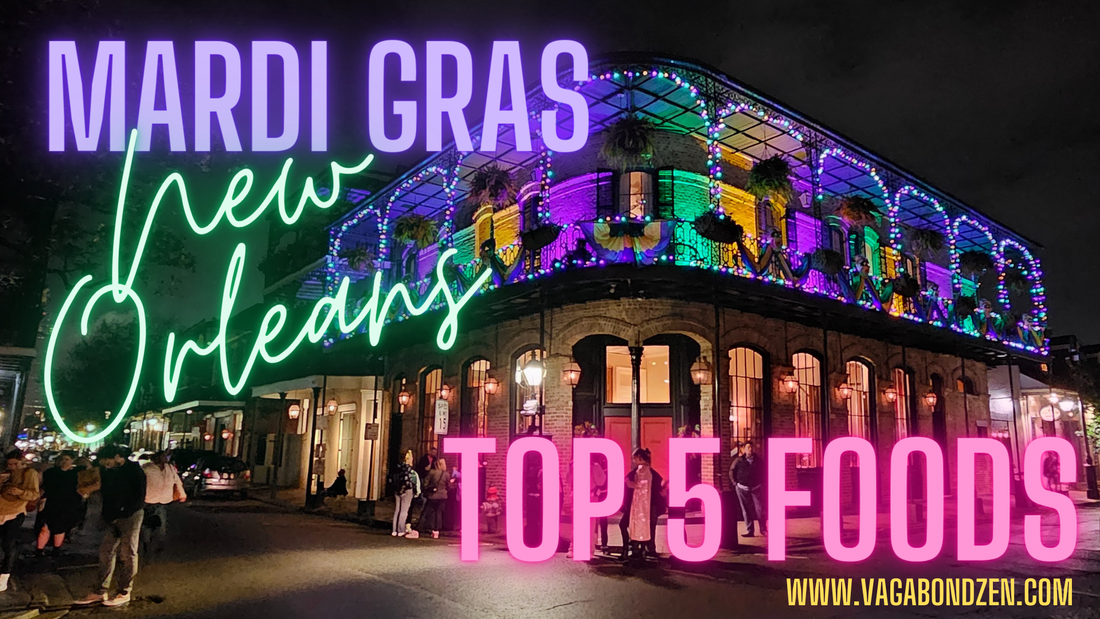
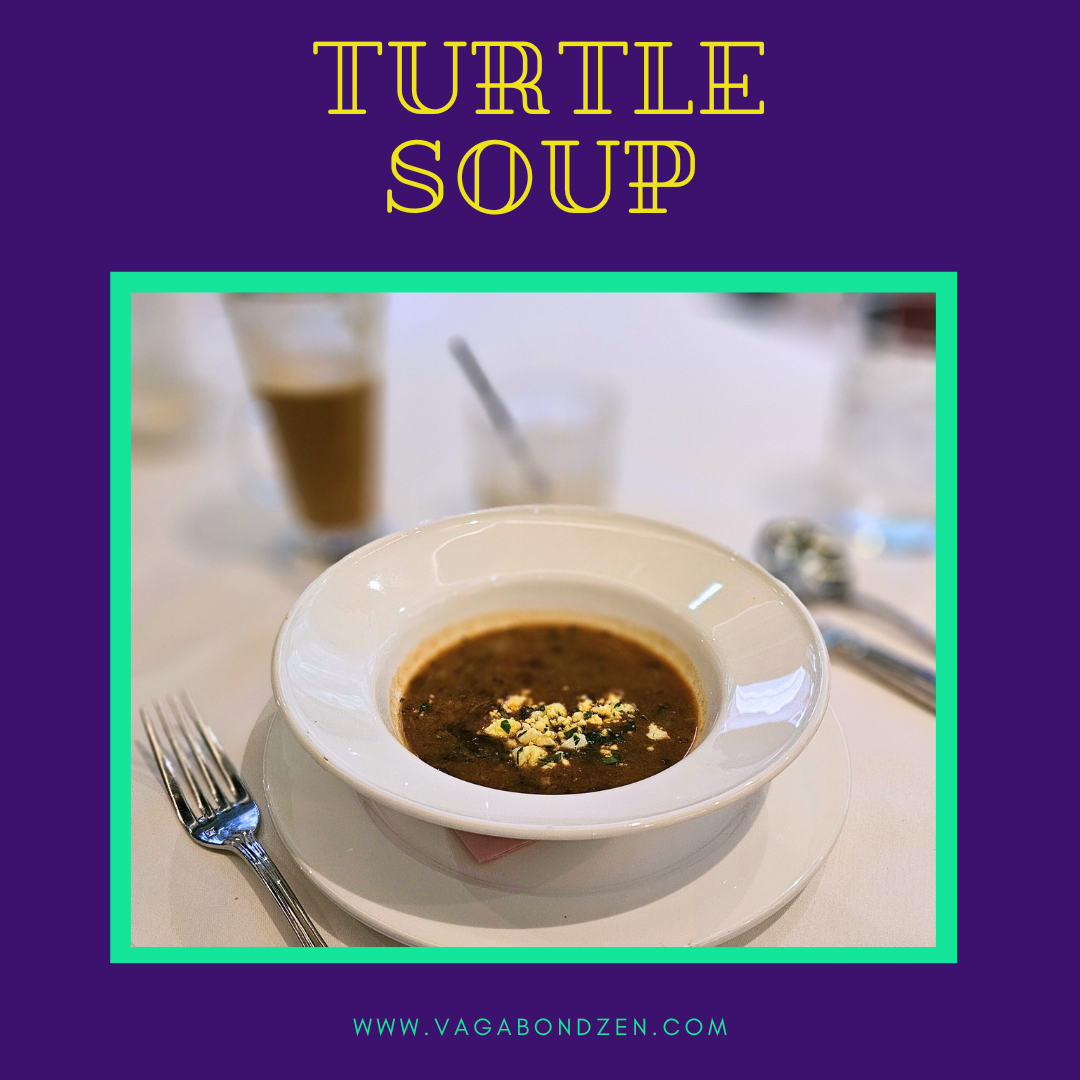
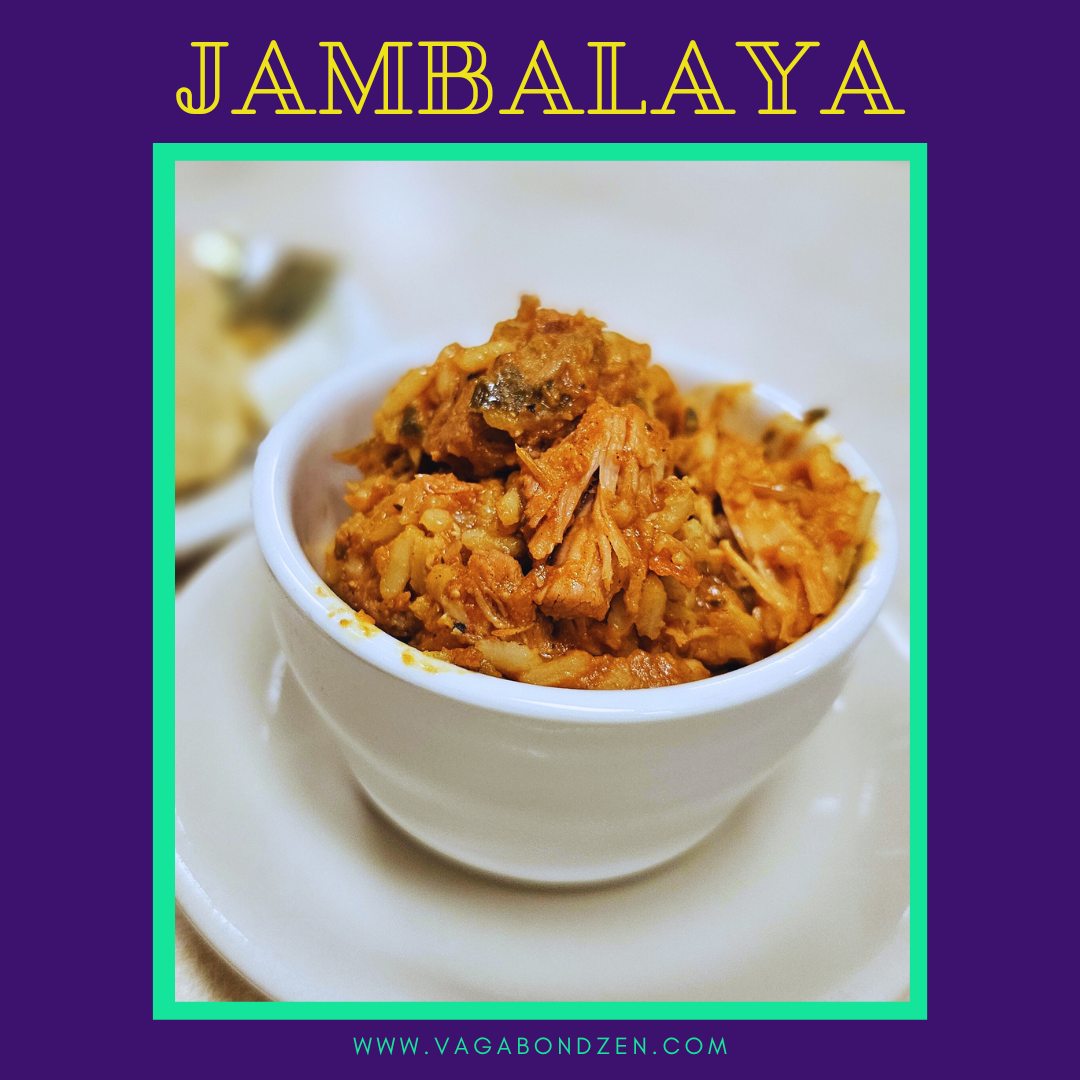
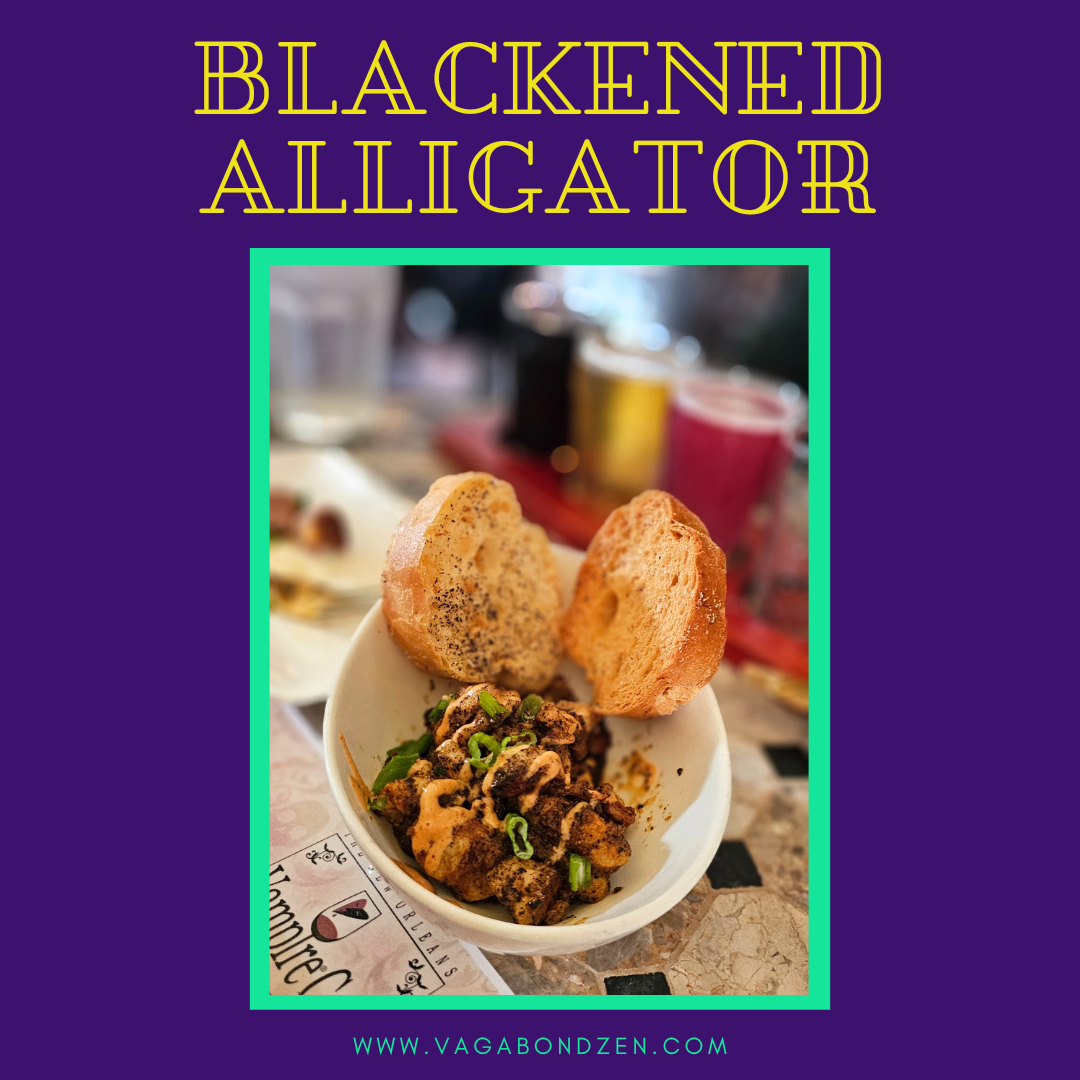
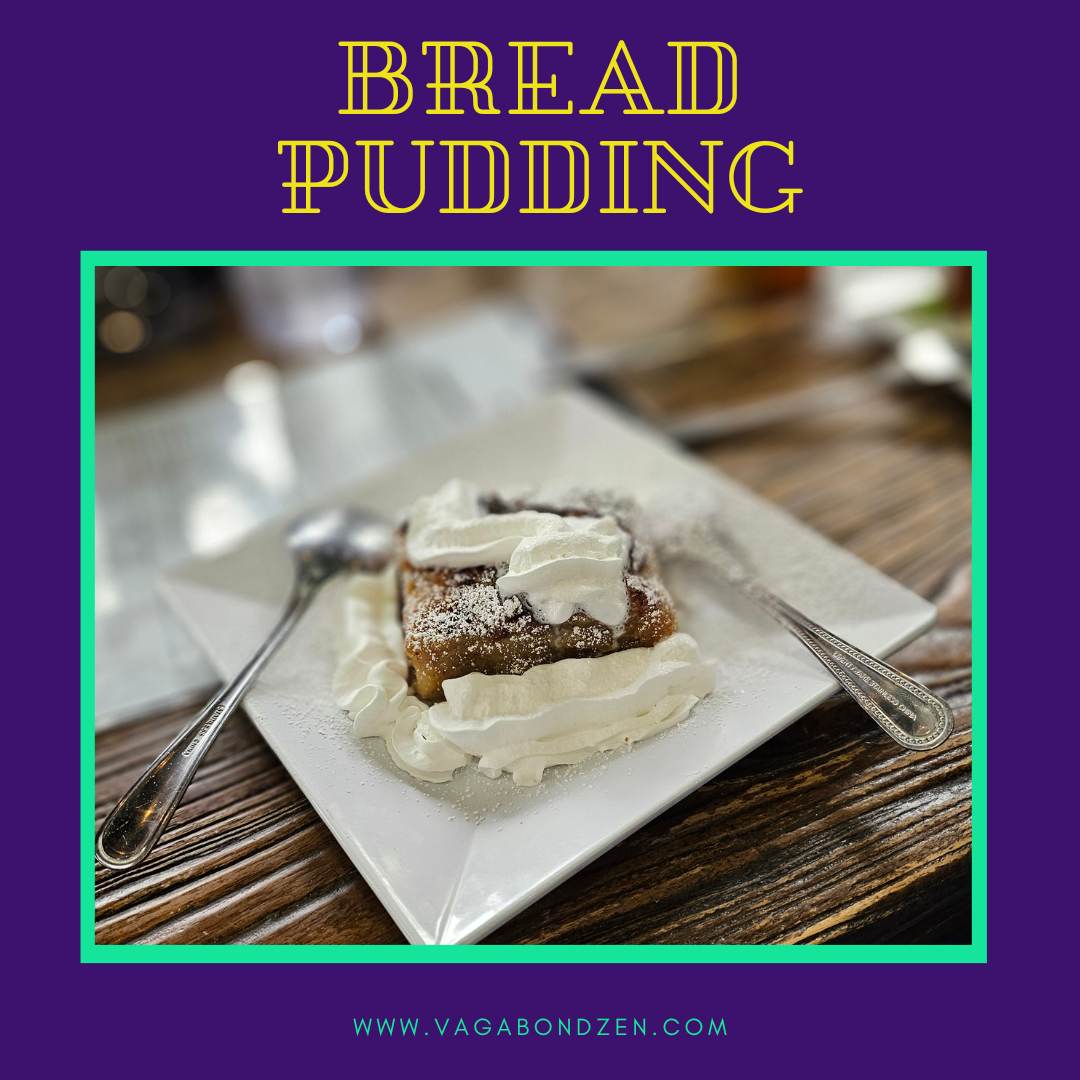

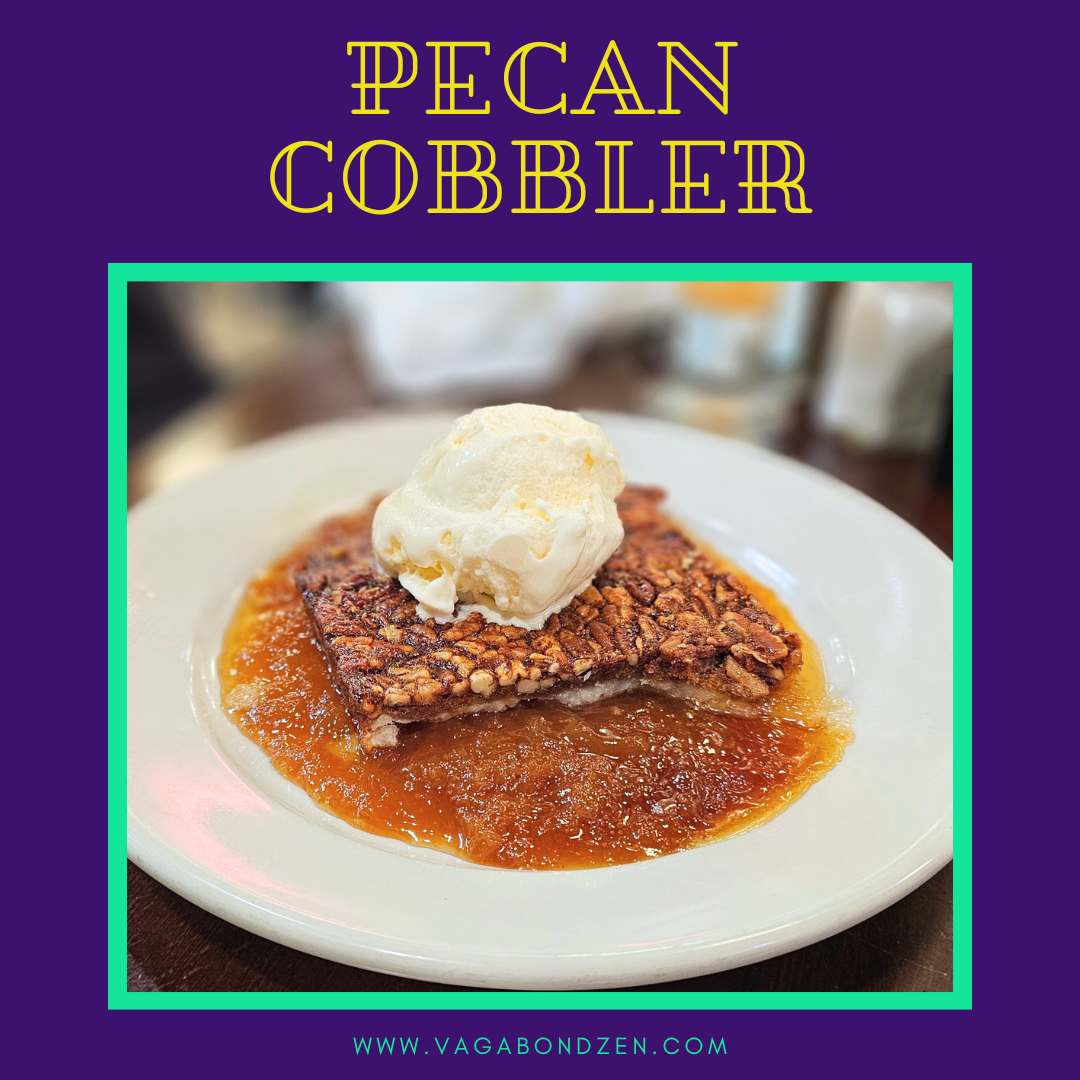

 RSS Feed
RSS Feed